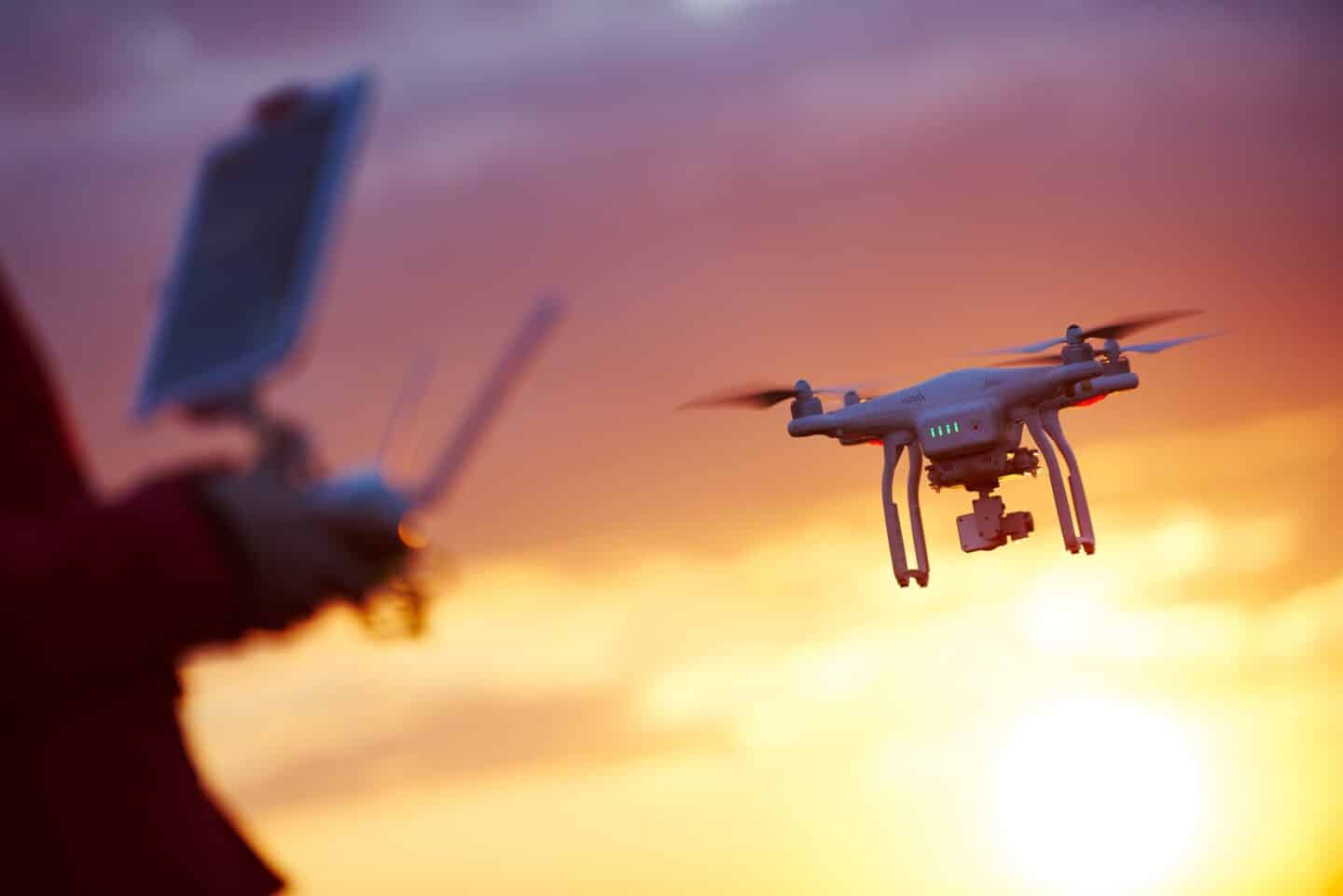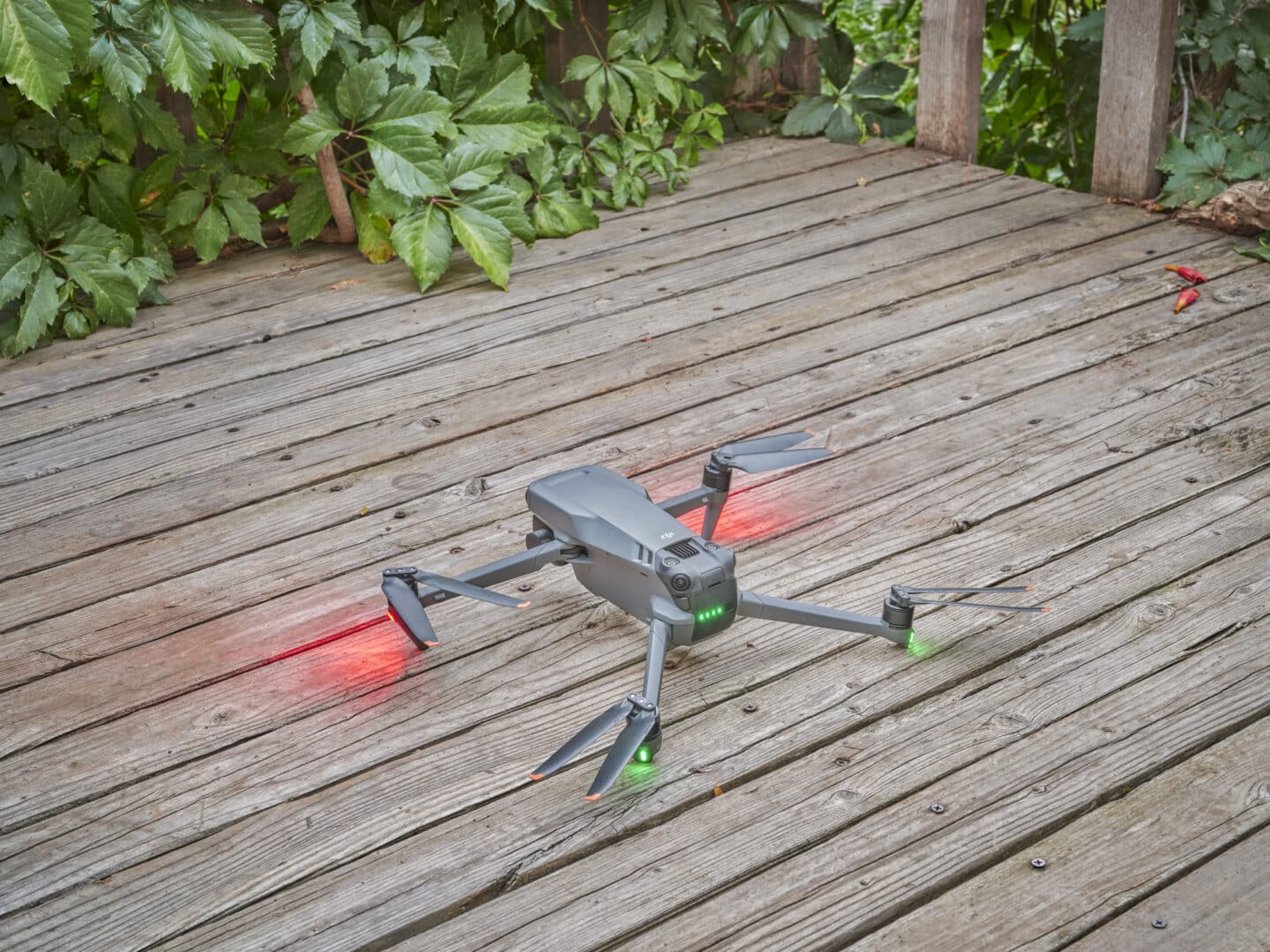Author: Kurt Treftz, Cascade Pest Control
When you hear “drone” in pest or rodent control, you might think “male bee”, but that isn’t the only kind of drone getting attention today. Drones (or unmanned aerial devices) are cropping up all over the place – from recreation to business.

With the growth of high-resolution imagery and cost-effective materials, drone tech is available to more and more industries. Drones are used today for surveillance, search & rescue, inspections, photography, mapping, and more. Drones are also finding their use in rodent control.
Rats and mice are insidious. It isn’t if they are around, but where! Since they are a continuous problem, all efforts to keep them at bay are needed. Letting tech help is a no-brainer.
Drones can help detect rats and mice, distribute targeted rodenticides, and disrupt rodent populations. The use of drones in rodent control is primarily in agriculture but their use continues to grow in a variety of sectors.
Detecting Rodents with Drones

Drones are an excellent way to detect the presence of rats and mice. With quality imaging and sensors, drones can gather immense amounts of data. They can photograph and map areas of high rodent concentration, locate rat & mouse burrows, and even calculate biomass to predict the probability of rodent presence. Drones are also able to identify types of rats and mice to target their elimination. AI and thermal imaging can all be used to zero in on the types and locations of rats and mice.
Understanding where and why rats and mice move can help with targeted control of these nuisance animals.
Distributing Rat & Mouse Poison with Drones
By tracking rats and mice, drones can help locate their trails and nests so that rodenticides can be applied directly. The drones themselves can even carry and drop poison quickly and precisely. This means less poison is used, less damage is done to crops and vegetation, and less time is needed for manual application. In Israel, a study found that a 50-acre field could be treated in just 45 minutes with one drone operator. The amount of bait used was reduced from 60kg to just 5kg because of the targeted application instead of broadcast application.
Targeted application of rodenticides is better for the environment, your pocketbook, and your health.
Disrupting Rodent Populations with Drones
Drones can also be used to disrupt rat and mice populations. With the knowledge gained from drones, rodent control experts can target rodent migration patterns and interfere with their trails. Locate their nests and burrows and target them for eradication. Scientists have even used drones in the Galapagos islands to successfully eliminate the non-native rodent presence.
Disrupting the life cycle of rats and mice can lead to fewer encounters with these furry problems.
Keeping on top of rats and mice means using all the tools in our toolbox, including using drones for rodent control services. Technology continues to advance and provide us with more and more ways to combat these pests.
